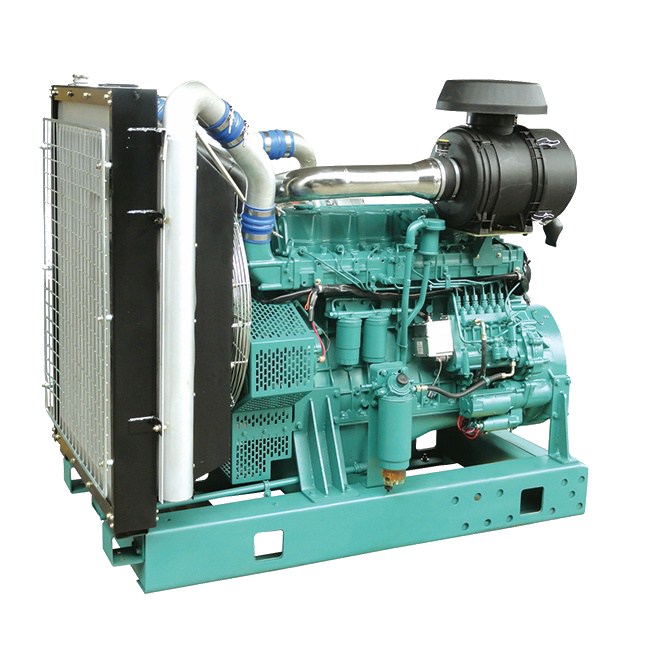The reliability of any generator depends on it being well maintained, so diesel generators are no exception. The type and amount of maintenance makes a diesel engine unique and therefore only those specifically applicable to diesel are listed.
Concerns about microbial growth in storage tanks have become increasingly relevant in recent years. With the US government mandating diesel engines to run on ULSD only in 2007, the potential for microorganisms to be found in fuel storage tanks and the need for a proactive treatment plan has increased.
Preventing growth and treating it when it occurs is not difficult. Most maintenance companies, including National Power, recommend sampling the fuel every six months and treating it with a biocide when new fuel is added, or at least once a year. If microorganisms are found, depending on the size of the tank, the fuel can be polished and cleaned, or replaced altogether.
All of these maintenance protocols are easy to complete, but they do require diligence. In untreated or inadequately treated diesel fuel, microorganisms can grow in as little as three months and if they are drawn into the engine they are a significant risk to the generator.
Replacing parts
Parts for diesel generators are usually more expensive than those for natural gas generators. When you also consider the parts needed in a diesel unit (such as fuel filters), diesel generator parts can be even more expensive to maintain.
Wet stacking
The accumulation of fuel vapour and soot in the exhaust system ? known as wet stacking ? is another problem that is easily prevented but requires diligent maintenance. Wet stacking occurs when a diesel generator is running at a significantly reduced load, meaning that the exhaust gases do not reach a high enough temperature to burn off all the fuel vapour. This can occur when a generator is not properly sized for the load or when the unit is routinely operated without transferring the building load to the unit.
To prevent wet stacking, NFPA 110 requires a monthly half-hour transfer test of the unit at a minimum of 30% load. It is also recommended that diesel generators be tested with a load set once a year if optimum exhaust temperatures are not reached to burn off the stack during the regular test. This requires that under the supervision of a trained generator technician to prevent ignition of the exhaust gas buildup, the generator is run at 75% or higher load for a few hours with the objective of increasing the exhaust gas temperature to burn off the unevaporated fuel and soot.
To find out more about generator engines click here!
Trusted fuel supplier
This is not a maintenance issue per se, but having a fuel supplier you trust can make a big difference to the reliability of a diesel generator. Firstly, someone must refill the tank regularly. This means that your fuel supplier needs to be ready to deliver fuel as promised, no matter what the weather conditions are. The supplier should be able to drive a tractor trailer on icy roads to access a specific space on your property. They should have contingency plans in place to provide fuel in the event that roads are closed due to hurricanes, earthquakes, flooding or other natural disasters. They should absolutely have a backup generator in their tank area to ensure they can fill the truck.
How much can I fill my tank with supplies? It is usually recommended that tanks are kept at least 80% full, as the large amount of empty space in the tank promotes condensation collection. If the supplier's tank is regularly below 80%, they may transfer contaminated fuel to your tank.
For generators located in colder climates, you will also need to know if the supplier treats the diesel fuel to prevent gelation. Gelling is the gel point of diesel fuel, which is the last stage of the three-phase process? The first two phases are the cloud point and the pour point ? The presence of paraffin wax in the crystallisation of diesel fuel. At the cloud point, which can occur at around 40F, the wax crystals cover the fuel filter and rapidly reduce the fuel flow. From there, as the temperature drops, the diesel fuel continues to thicken and cause more problems for the engine, eventually leading to generator shutdown if left untreated.
Gelling, like microbial growth, is easy to prevent but requires careful handling of the fuel by the fuel supplier.
This is not all the maintenance needed to keep diesel generators running reliably, but it should provide some insight into the extra care and attention these units require.
Previous: None.
Copyright:@2020-2021
Comments Please sign in or sign up to post.
0
0 of 500 characters used